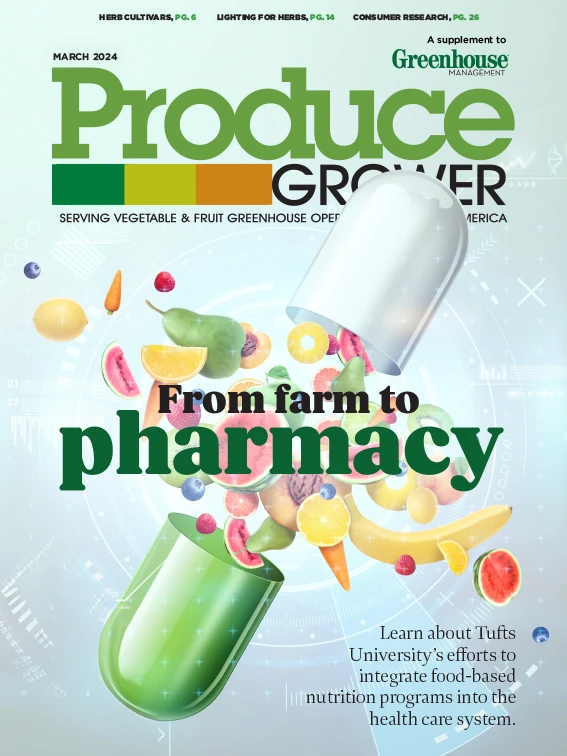
Edible greens (e.g., leafy greens, lettuces, herbs, microgreens) have a variety of aesthetics. Color is a key aesthetic for these items, and they come in various colors from purples and pinks to various shades of green. Different production practices can be used to enhance colors, flavor or nutritional content.
Alicia Rihn, assistant professor at the University of Tennessee, collaborated with Kellie Walters and Natalie Bumgarner on a USDA Specialty Crop Block Grant to investigate the influence of color on Tennesseans’ preferences for locally grown microgreens.
Customers had clear color preferences for microgreens.
- Green was the most preferred for two different species of microgreens. Approximately 51% of the sample preferred green kale and 46% of the sample preferred green radish microgreens.
- Purple coloring was less desired.
- Light purple and dark purple kale were preferred by 28% and 26% of the sample while 25% preferred the light purple radish and 24% preferred the dark purple radish microgreens.
In general, Tennesseans exhibited greater tolerance for the light and dark purple radish microgreens than the light or dark purple kale microgreens, as indicated by the intermediate preference category.
“This implies that species does play a role in preference, but that green coloration still takes the cake,” explains Rihn.

Explore the March 2024 Issue
Check out more from this issue and find your next story to read.
Latest from Produce Grower
- TIPA Compostable Packaging acquires paper-based packaging company SEALPAP
- Divert, Inc. and General Produce partner to transform non-donatable food into Renewable Energy, Soil Amendment
- [WATCH] Sustainability through the value chain
- Growing leadership
- In control
- The Growth Industry Episode 8: From NFL guard to expert gardener with Chuck Hutchison
- 2025 in review
- WUR extends Gerben Messelink’s professorship in biological pest control in partnership with Biobest and Interpolis





